The Baiyue Tea Project
Ha Giang’s tea heritage is a testament to Vietnam’s cultural and ecological resilience. In the remote northern highlands, centuries-old tea trees flourish amidst limestone peaks and terraced fields, creating a landscape as rich in history as it is in beauty. This heritage weaves a narrative of enduring connection to the land, with a tea that embodies centuries of labor, tradition, and spirit at its heart.
Ha Giang is a region of contrasts. Towering karsts, lush valleys, and scenic roads that seem to stretch endlessly. However, its rapid rise in tourism has brought challenges, from dust-filled roads to overdeveloped town centers. Despite this, the authenticity of people and culture remains its greatest treasure.
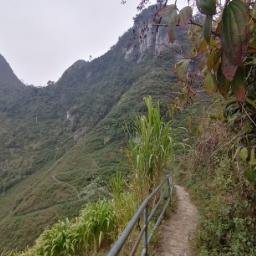
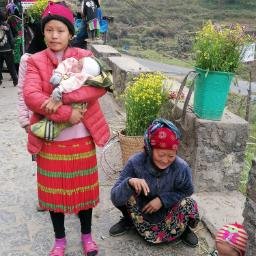
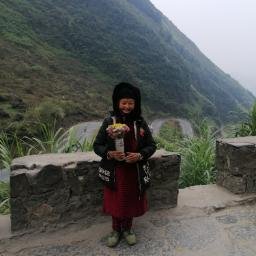
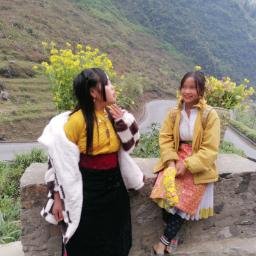
While Ha Giang is widely celebrated for the Ha Giang Loop—a breathtaking motorbike route that winds through dramatic mountain passes, remote villages, and deep valleys— few travelers delve into the region’s lesser-known treasures.
Yet, hidden beyond these well-trodden paths lies a story of Ha Giang’s tea tradition. Few visitors know that this rugged region is home to some of Vietnam’s oldest wild tea trees and a community deeply connected to the craft of tea-making.
The Ha Giang Loop isn’t just a gateway to Vietnam’s most dramatic landscapes – it’s a path to discovering the region’s ancient tea heritage.
A Volunteer’s Perspective: Five Days in the Heart of Van Dong
The final leg of my journey through Vietnam took an unexpected, serendipitous turn. Returning through a landscape veiled in winter’s mist and rain, the winding roads of the Ha Giang Loop, led me back to where my day had begun. This twist of fate unveiled the heart of my five-day volunteer experience: the world of Ha Giang’s unique tea production.
It’s a journey that etches itself into your memory, a sensory feast of stunning scenery and encounters with the diverse ethnic minority communities that call this region home.
A bumpy five-hour ride in a van overflowing with goods, reminiscent of my Mekong Delta adventures, brought me to Dong Van.
Dong Van, located in Ha Giang Province, is a picturesque highland town nestled among limestone mountains and rugged terrain. Known for its rich cultural heritage, it is home to ethnic minority groups such as the Hmong and Lo Lo people.
The biting cold of the unheated hotel room starkly contrasted with the warmth I would soon discover in the stories of the people and the land.
Exploring Ha Giang: A Blend of Heritage and Modernity
The next morning, I met Mr. Tri Shan, the driving force behind the Baiyue Tea Project, and fellow volunteers. Our explorations took us along parts of the same Ha Giang Loop I had been traversing, offering new perspectives on the landscapes I’d already come to admire.
We visited a Lo Lo people village transformed by Hanoi investments, a stark reminder of the delicate balance between progress and preservation.

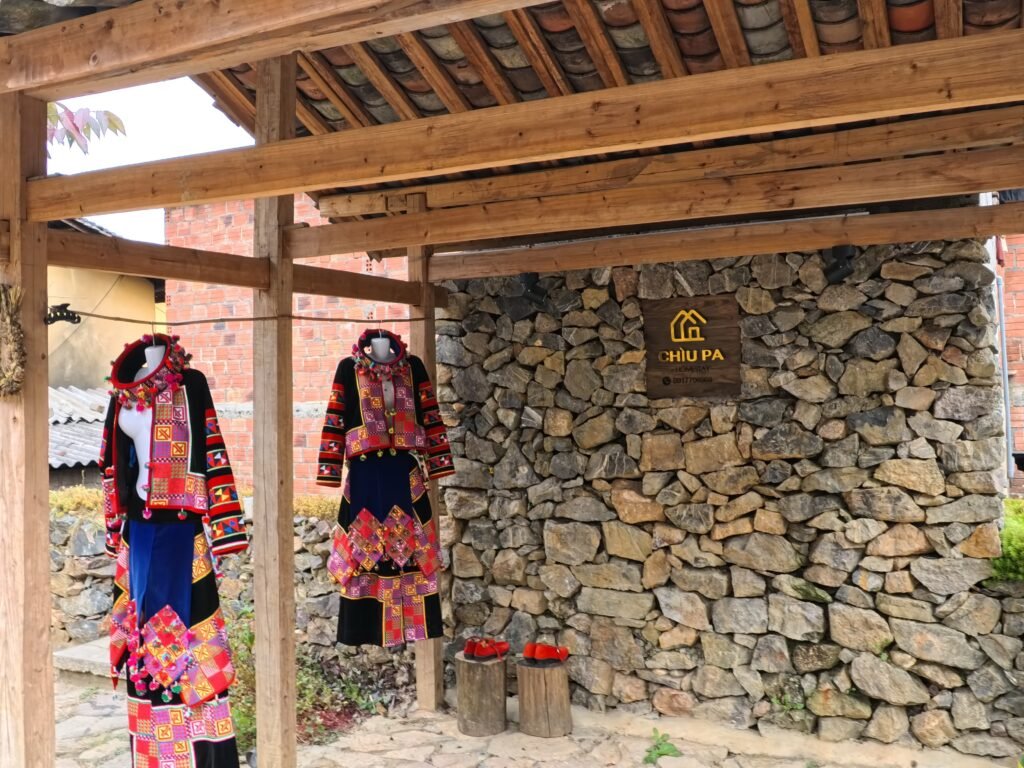

We savored a local pho with vegetables and black chicken, a prized endemic species at the local market in Meo Vac.
Pho is Vietnam’s beloved noodle soup, made with a flavorful broth simmered from bones and spices, served with rice noodles, and topped with meats, fresh herbs, lime, and chili. It’s a dish that embodies the warmth and depth of Vietnamese cuisine

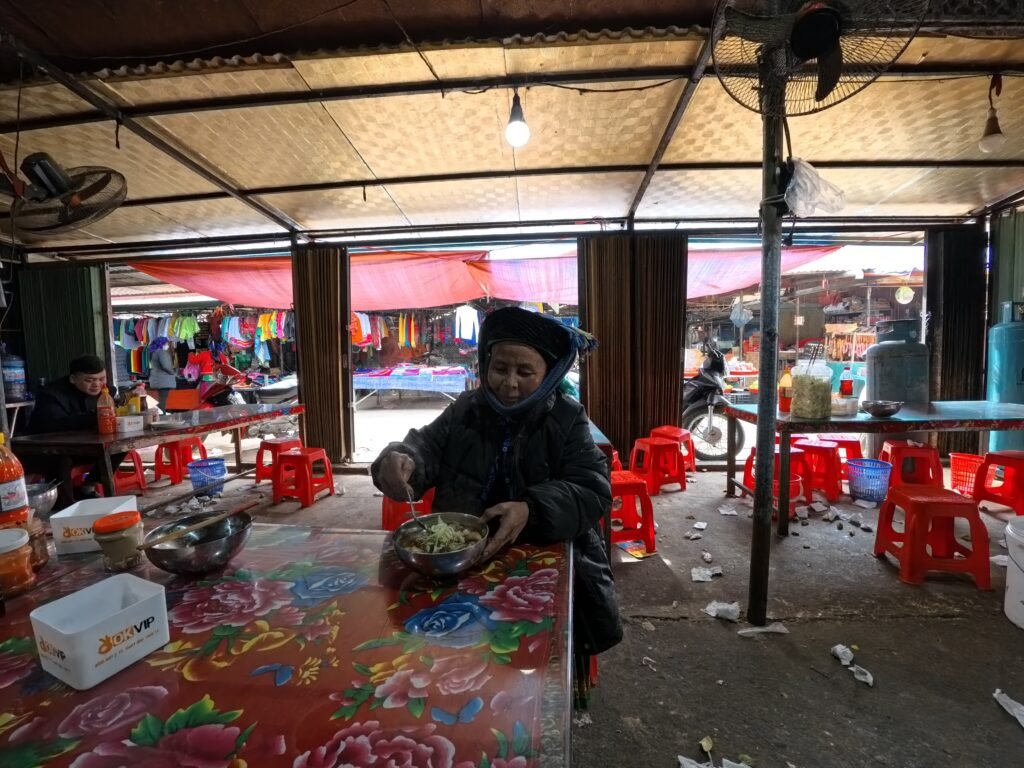
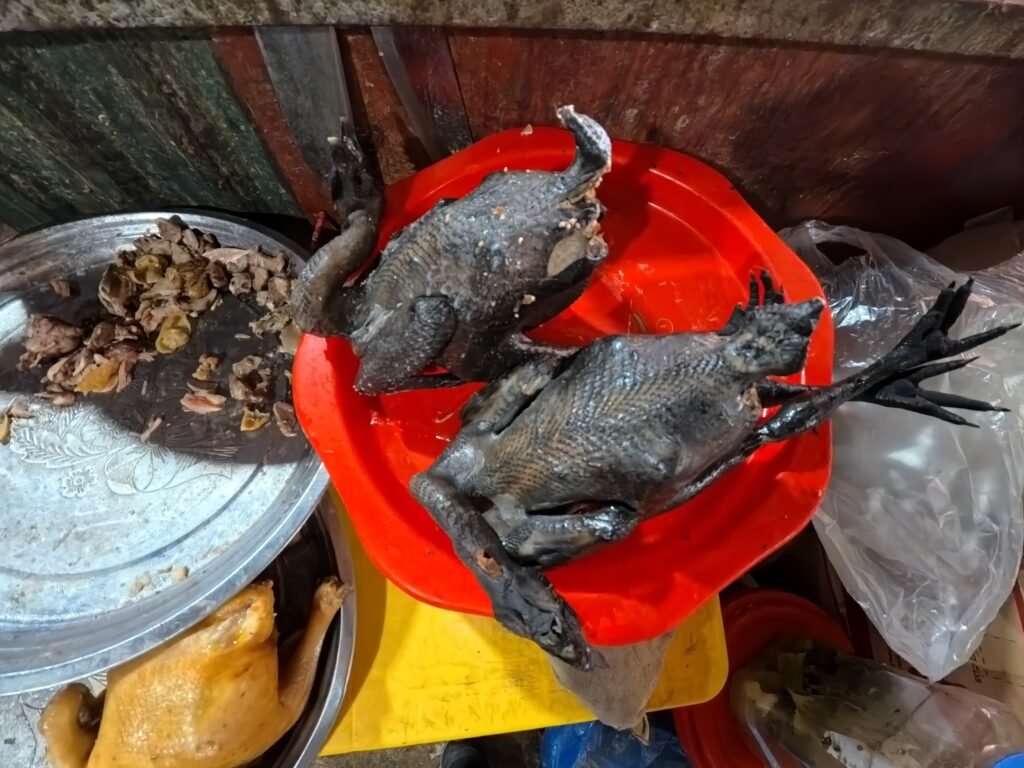
At a scenic overlook, the volunteers interviewed local Easy Riders, young men from various ethnic groups across Ha Giang. Many of them make a living guiding tourists along the Loop.
As a volunteer, I had the privilege of approaching the rhythms of this remarkable community. But the true revelation came when my journey circled back to the heart of tea production. This was an immersion into the very essence of Ha Giang’s heritage.
The Baiyue Tea Project: A Vision Rooted in Sustainability
Mr. Tri Shan, a local son with a global vision, is a true self-made man. Armed with expertise in sustainability and education, Mr. Tri Shan has revitalized Ha Giang’s tea-growing tradition, reviving ancestral methods and empowering local youth to preserve and share this cultural heritage.
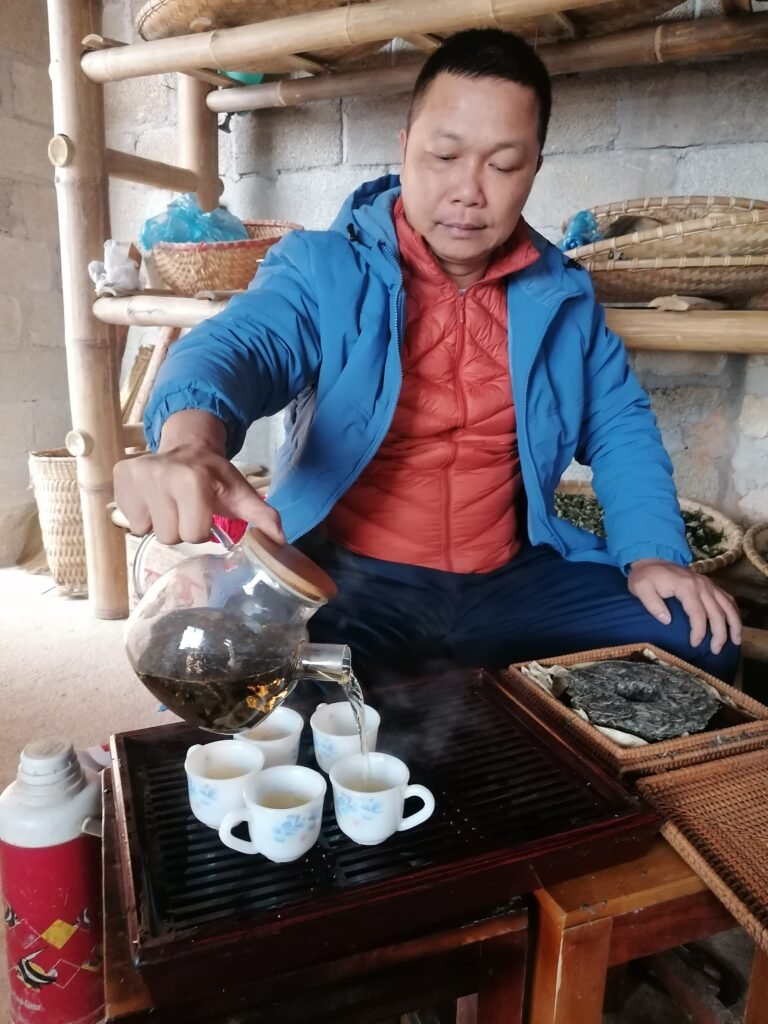

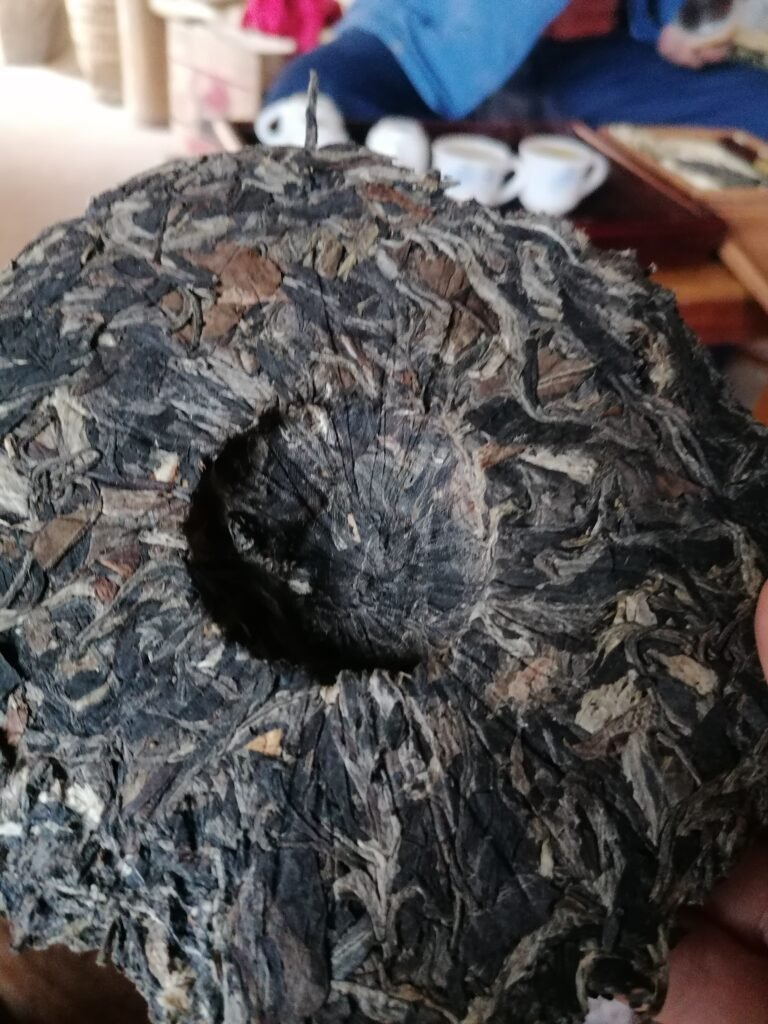
He has also established a volunteer network supporting various activities, from English teaching to marketing.
His mission is to showcase Ha Giang’s high-quality tea to the world, often anonymously sold cheaply in China and re-branded. We visited the future showroom, perched at 1300 meters above sea level.
Since 2015, the Baiyue Tea project has been driven by sustainability, aiming to convey the rich heritage behind the tea. Mr. Tri Shan has built a community of tea producers, reviving traditional, arduous production methods.
A Taste of Heritage: The Fairy and Dragon Teas
In Ha Giang, wild tea trees grow freely in the highlands, cared for by local families. Winter yields two exquisite varieties—Fairy Tea and Dragon Tea.
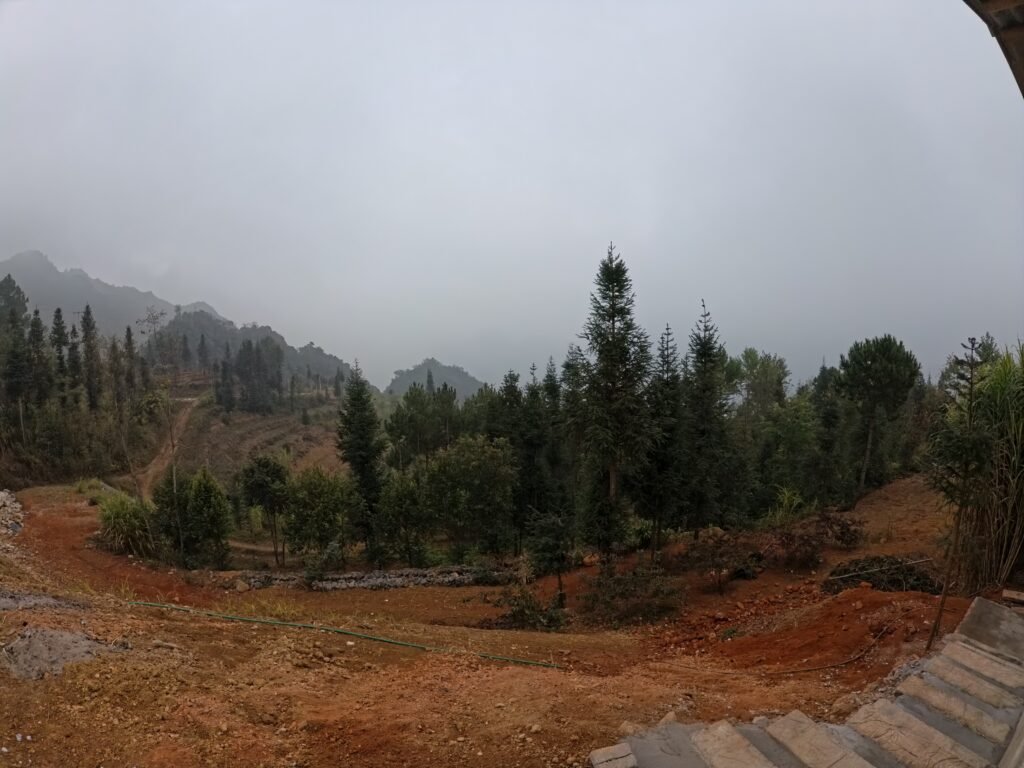
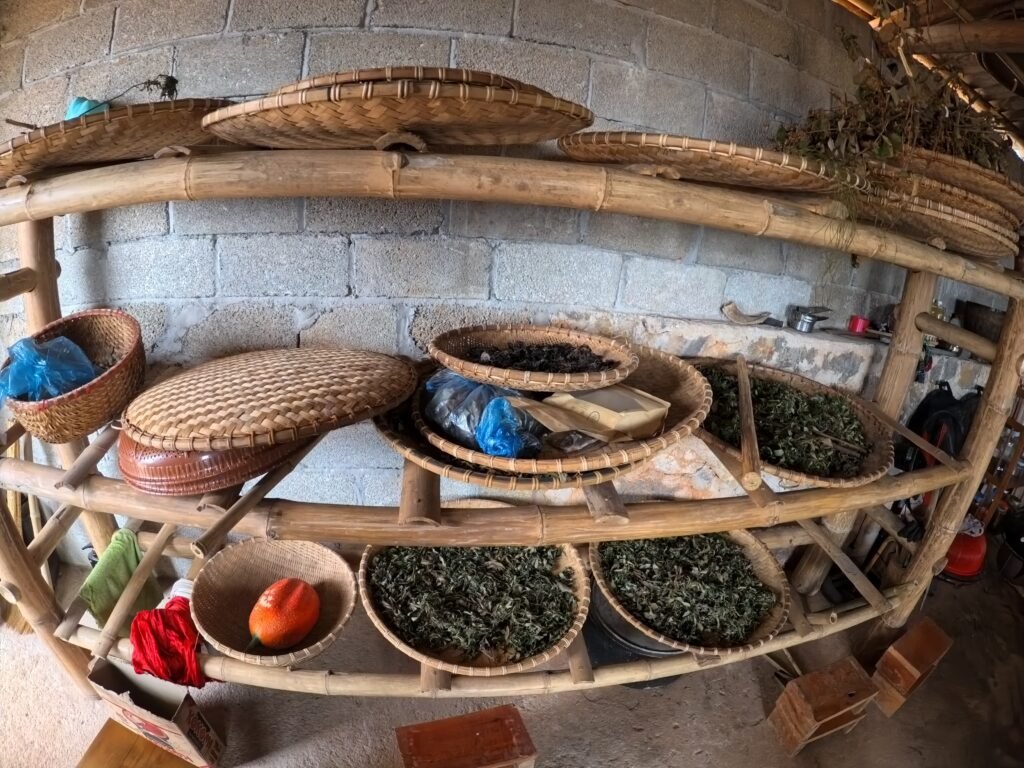
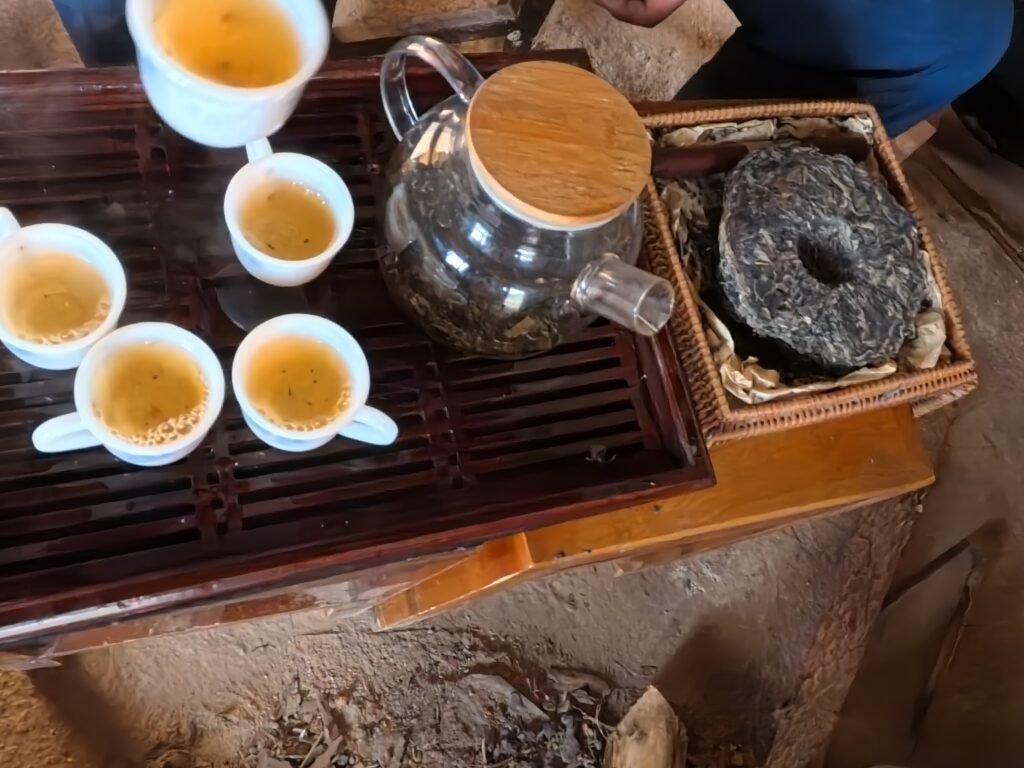
These teas are harvested manually, reflecting an artisanal process steeped in history. The Baiyue Tea Project unites local families to preserve traditional tea-making methods. These practices ensure the tea is not just a product, but a story of resilience and history.
“Baiyue Tea” (hundreds of minorities) also encompasses Baiyue Global Tours, owned by six local families.
Located at a key intersection of the Ha Giang Loop, they are poised to welcome tourists by sharing their tea and its story.
Building a Sustainable Future
To ensure sustainability, they are developing a membership-based business model to sustain operations and foster direct connections with global tea enthusiasts. Members would support the initiative and experience Ha Giang firsthand, bridging the gap between producers and consumers.
The Baiyue Tea project is based on sustainable practices, community empowerment, and the enduring connection between people and land. This tea isn’t just a drink; it’s a story—a taste of Ha Giang’s history
This experience, born from a return journey along the Ha Giang Loop, offered a profound immersion into Ha Giang’s tea heritage. It revealed both the complexities of tea production and the resilience and vision of the people dedicated to preserving this precious legacy.
The Soul of Ha Giang
Beyond tea, Ha Giang is a mosaic of human stories. In Ha Giang, vibrant markets come alive with the hum of trade, the chatter of diverse languages, and the determined strides of women carrying heavy loads—symbols of resilience etched into daily life. Volunteers gather around steaming bowls of pho, exchanging stories that transcend borders.
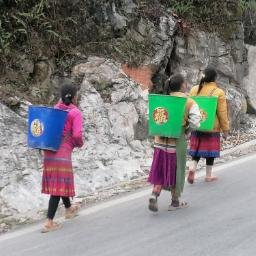
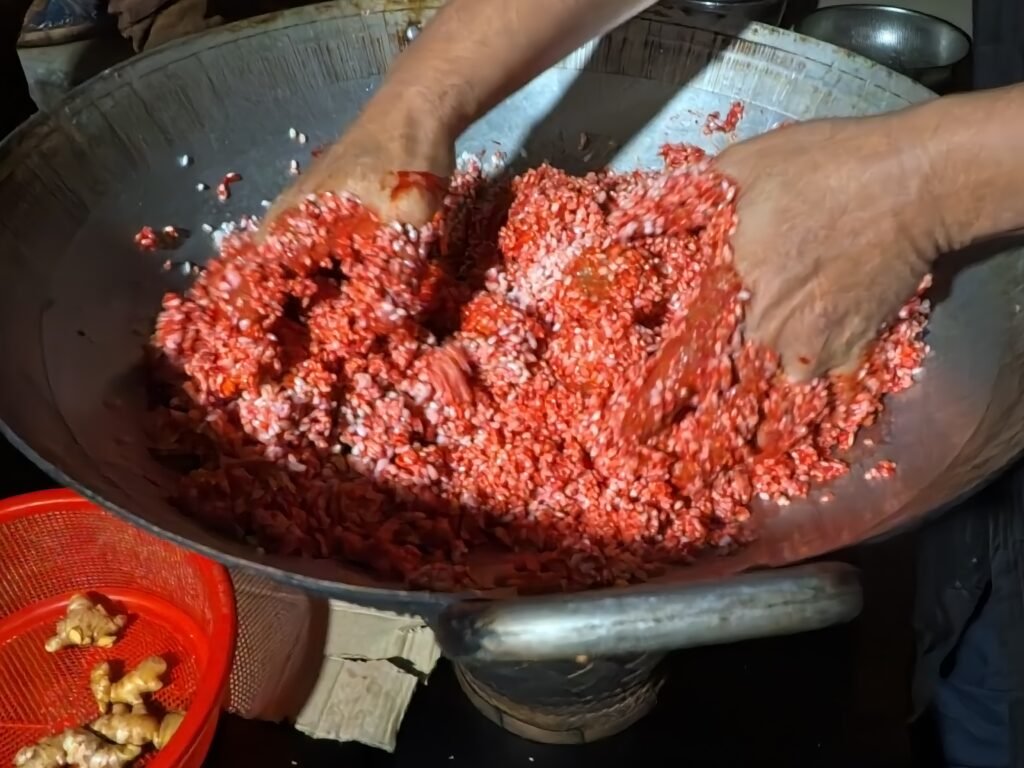
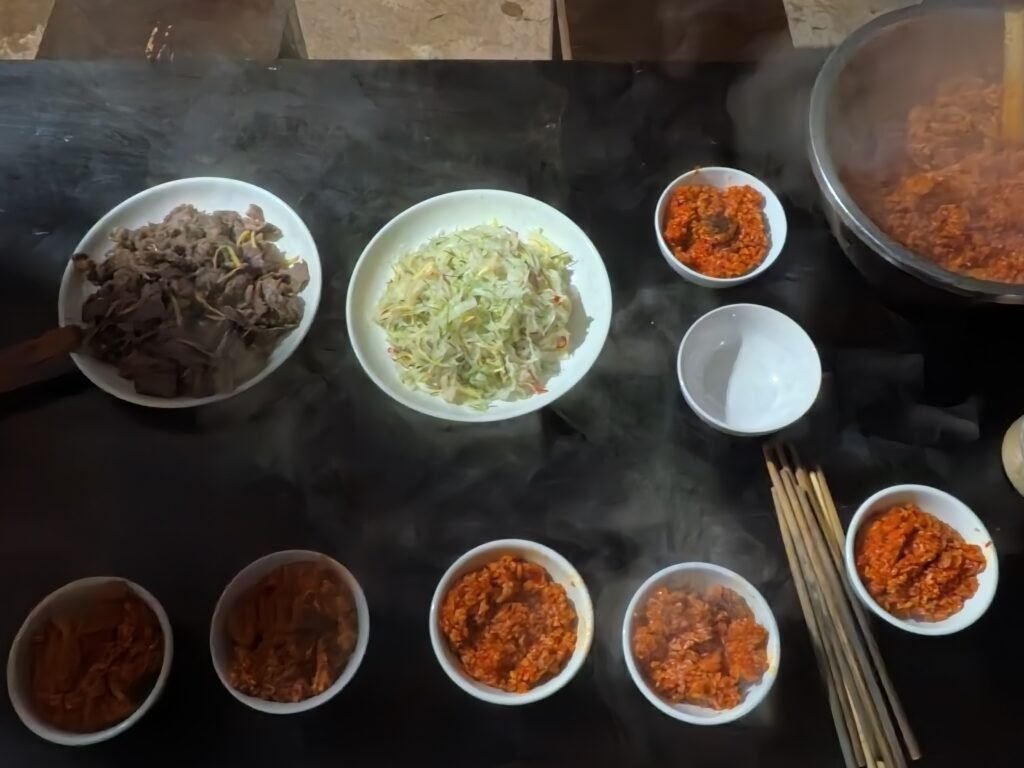
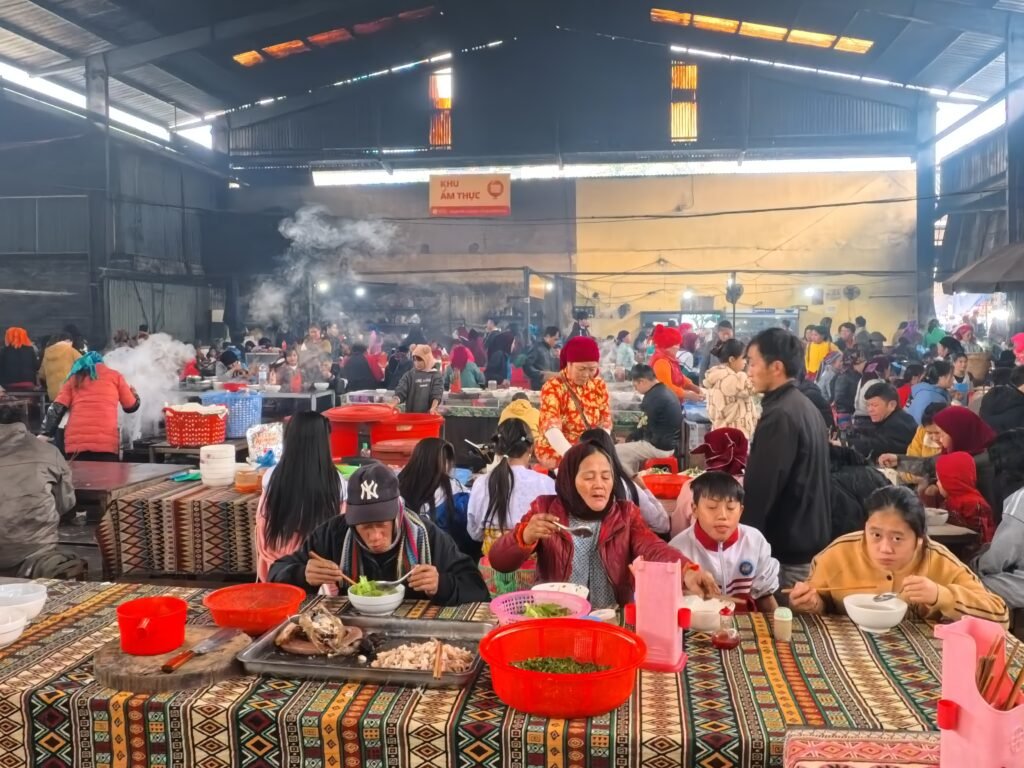
Ha Giang’s soul is etched in its rugged terrain making the land and people inseparable. The tea is more than a beverage. And for those who journey here, it’s an invitation to become part of that legacy.
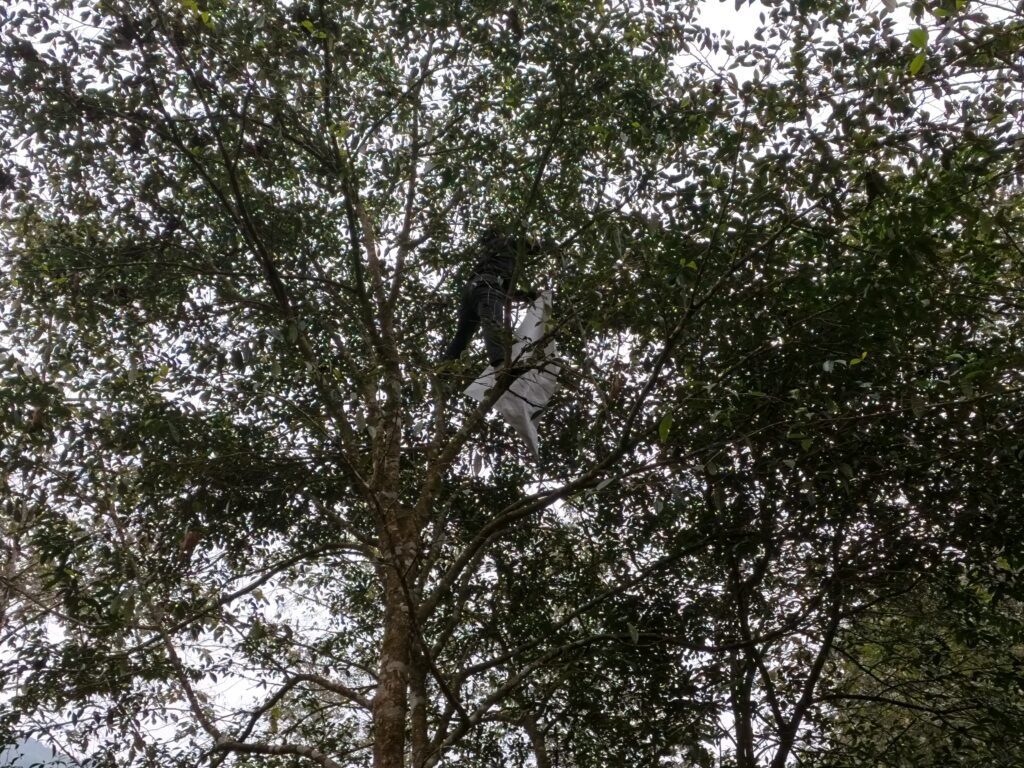

Whether you traverse the Ha Giang Loop or savor a cup of Baiyue Tea, you’re immersing yourself in Vietnam’s rich heritage. Discover Ha Giang, and let its story become part of yours.

Leave a Comment
You must be logged in to post a comment.